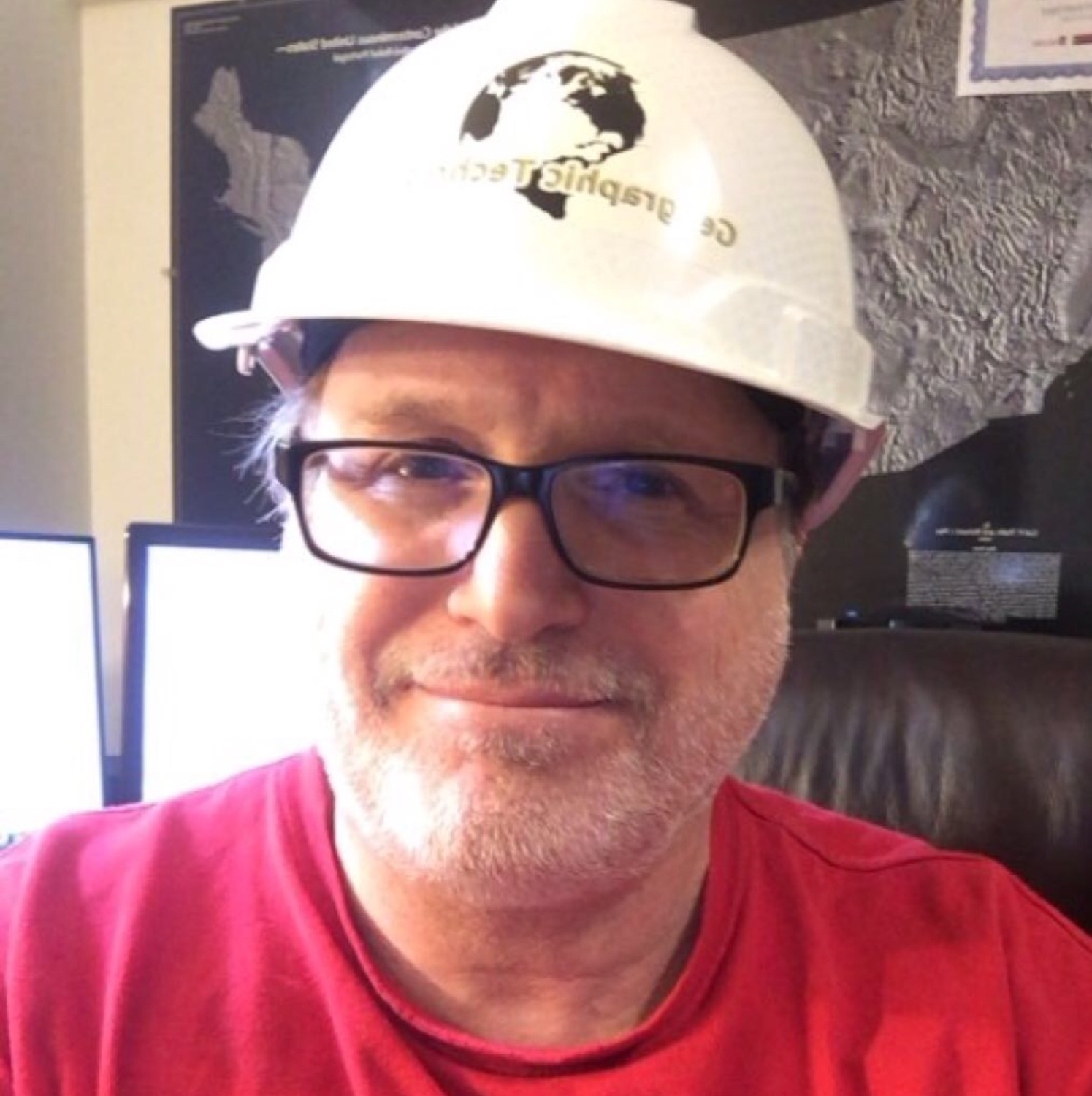Ancient Earthworks Detection and Mapping
- Douglas Norgord

- Jul 5, 2023
- 4 min read
Detecting and mapping ancient Earthworks can be a fascinating endeavor that combines archaeology, remote sensing, and geospatial analysis. Earthworks refer to various human-made structures or features created by manipulating the Earth's surface. They can include ancient fortifications, burial mounds (including effigy mounds), ceremonial enclosures, agricultural terraces, and more. Methods commonly used for detecting and mapping ancient Earthworks include:
Aerial Photography: Aerial photographs, both historical and modern, can provide valuable insights into the presence and extent of Earthworks. By examining photographs taken from aircraft, satellites, or unmanned aerial vehicles (aka, drones) archaeologists can identify subtle changes in land patterns or vegetation that may indicate the presence of buried or overgrown Earthworks.
LiDAR (Light Detection and Ranging): LiDAR technology uses laser pulses to measure distances and create detailed 3D models of the Earth's surface. It is particularly useful for identifying hidden or overgrown Earthworks as it can penetrate vegetation and provide accurate elevation data. LiDAR data analysis can reveal previously unknown Earthworks and provide detailed topographic information.
Ground Penetrating Radar (GPR): GPR is a geophysical technique that uses radar pulses to create subsurface images. It can help archaeologists locate buried Earthworks by detecting variations in soil or sediment composition. GPR is particularly effective in identifying ditches, walls, and other underground features.
Satellite Imagery: High-resolution satellite imagery, such as that provided by commercial satellite companies, can be used to identify Earthworks by analyzing changes in land cover, soil patterns, or vegetation growth. Advanced image processing techniques can enhance the visibility of Earthworks and aid in their mapping.
Geophysical Surveys: Archaeologists use various geophysical methods like magnetometry, resistivity, and electromagnetic induction to detect subsurface features. Magnetometry measures variations in the magnetic properties of the soil, while resistivity and electromagnetic surveys detect variations in soil moisture, electrical conductivity, or resistance. These surveys can identify buried structures and provide valuable information for mapping Earthworks.
Field Surveys and Excavation: Once potential Earthworks are identified through remote sensing techniques, ground-truthing is necessary. Archaeologists conduct field surveys, including ground-level inspections and measurements, to confirm the presence of Earthworks. Excavation can also be employed to reveal the extent and nature of the Earthworks and understand their cultural significance.

Above, LiDAR derived digital elevation models (hillshade and slope-hillshade views), aerial photography, and topographical location map of the Man Mound site near Baraboo, Wisconsin (Geographic Techniques LLC).
LiDAR
At Geographic Techniques, we employ LiDAR derived information and geospatial techniques to aid in the detection and mapping of ancient Earthworks. The detection of potential archaeological features can be usually be done visually with the assistance of shaders and illumination models, or delineated with the assistance of filters and breaklines (think drastic slope changes) within the mapping application. Filters can be applied to the digital elevation model (DEM) to smooth out vegetation residual points or emphasize small variations in the terrain. The remainder of this blog will focus solely on LiDAR and effigy mounds.
Effigy mounds are earthen mounds built by ancient cultures, particularly the Native American peoples, in various regions of North America. They are known for their unique shapes, which often depict animals or other figures when viewed from above. LiDAR technology has been used, especially in recent years, to study and analyze these mounds, providing valuable insights into their construction, layout, and historical significance.
LiDAR works by emitting laser pulses and measuring the time it takes for the pulses to return after bouncing off the target surface. By collecting a large number of these measurements, either by aerial or terrestrial platforms, LiDAR can create detailed three-dimensional models of the terrain and objects on the ground. This technology has proven to be particularly useful for studying dense vegetation areas or areas with limited accessibility, making it ideal for analyzing effigy mounds hidden within forests or overgrown landscapes.
LiDAR can reveal intricate details of the mounds that are not easily visible from ground-level observations. It can accurately map the shape, size, and orientation of the mounds, helping archaeologists identify patterns, alignments, and relationships between different mounds within a complex. LiDAR can also assist in locating additional mounds that may be partially obscured or hidden by vegetation.
Moreover, LiDAR can aid in identifying subtle features or modifications made to the mounds over time. It can reveal changes in elevation, contour lines, and specific construction techniques employed by the ancient builders. By analyzing the digital elevation models generated from LiDAR data, researchers can study the overall landscape context and gain insights into how the effigy mounds fit into the surrounding environment.
Above, Mendota Mound Group, Madison, Wisconsin. LiDAR derived slope-hillshaded digital elevation model, left, with geo-referenced survey map overlay, right (Geographic Techniques LLC & J. Scherz, Ancient Earthworks Society of Wisconsin).
LiDAR has also been instrumental in identifying previously unknown or undocumented effigy mounds. By conducting LiDAR surveys over large areas, archaeologists have made significant discoveries, expanding the known extent and complexity of effigy mound sites. These findings contribute to our understanding of the cultures that built the mounds, their settlement patterns, and their relationships with the natural and cultural landscape.
Overall, LiDAR technology has revolutionized the study of effigy mounds and archaeological sites in general. Its ability to provide high-resolution, non-invasive, and comprehensive data has greatly enhanced our knowledge of these ancient structures, allowing for more accurate interpretations, preservation efforts, and a deeper appreciation of the rich cultural heritage they represent.
It's important to note that detecting and mapping ancient Earthworks requires a multidisciplinary approach, combining remote sensing technologies with archaeological expertise. Additionally, local regulations, permissions, and collaboration with relevant authorities and communities are crucial for conducting surveys and excavations in protected areas or culturally sensitive sites.
Please contact Geographic Techniques for more information.









Comments